What is the Content Block Editor?
The Content Block Editor is a tool to make creating content for Dashboards, Portal Pages and Document Templates easier. Using Blocks, you can insert, rearrange, and style content with very little technical knowledge. It's as simple as just adding a block instead of having to deal with coding.
When you create a new Document Template, you will be able to build content using the Content Block Editor. When you create a new Portal Page, you will have a choice between two different
As a special feature, you can assign Blocks to Circles. This way you can have multiple Contacts view the same Dashboard or Portal Page, but it will only show the relevant information for each. This same feature also gives you the option to hide Blocks from Circles.
How do I use the Content Block Editor?
To use the Content Block Editor in a Dashboard, navigate to Content > Dashboard.

In the new or existing Dashboard, use the circle with the plus icon to open up your Block Type options.

CLICK HERE to learn about Dynamic Dashboards
To use the Content Block Editor in Portal Pages, navigate to Pages > Portal Pages > Add New Page.
CLICK HERE to learn about Portal pages
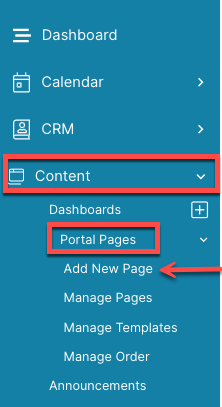
In the Choose your Editor section, choose Content Block Editor.
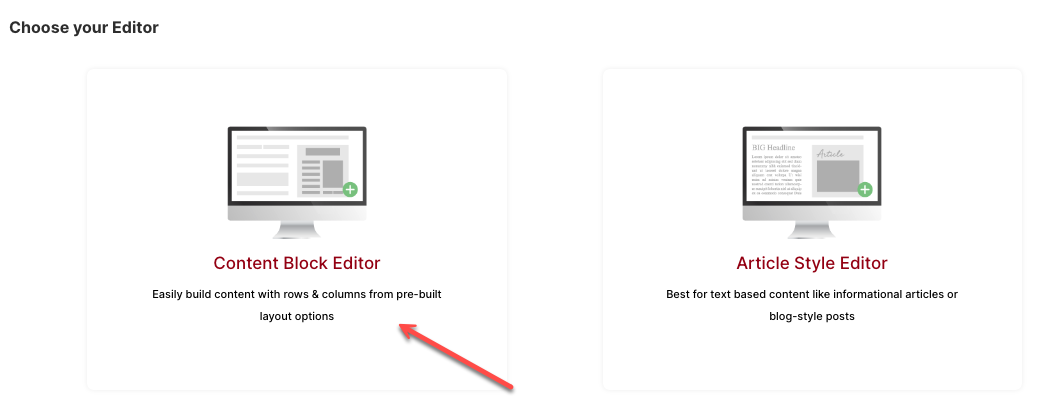
To use the Content Block Editor in Document Templates, navigate to Billing > Documents.
CLICK HERE to learn about Document Templates
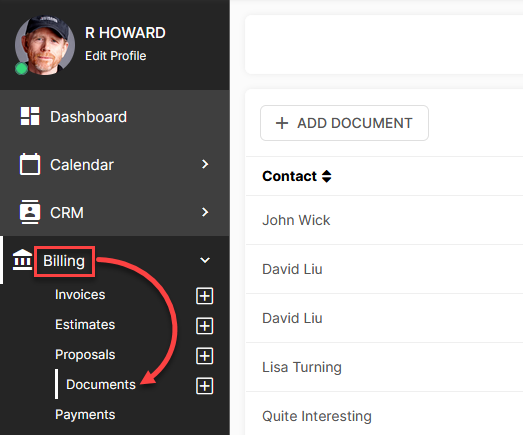
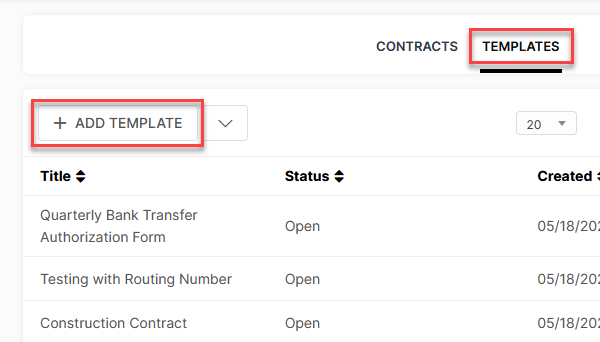
The editor will start with one Row with a Text Block already in place. Hover your curser over the sample text, and you will see the outline and options for the Row.

To add a new type of Block in the Row, you can click the icon. The Block will be added to the top or the bottom of the row, respective of which positioned icon you click.

To interact with a Row or Block, hover your cursor over the respective element to show a toolbar. You can click the icon and drag it into place within the editor.
You can also click the icon to duplicate the Row or Block, or the icon to delete it.
Creating and modifying Rows and Columns
When using the Block Editor, your page will be sectioned divided into main sections called Rows. These Rows can be further divided into columns. Blocks can then be nested within each Row of each Column.
To create a new Row, click the icon.

This will open a modal, prompting you to select from several types of Rows.

The Row will be added to the above or below the current Row, respective of which positioned icon you click.

The above image is an example of a Row with Three Columns. The content in each Column can be configured independently.
To change the Column Type of a Row, click the icon shown below. This icon will be different depending on which Column Type is currently being used for the Row.
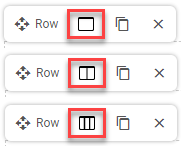
You will not lose content by switching to a row with fewer columns. Switching a Three Column Row to a Two Column Row, for example, will shift the extra block into an existing Column.
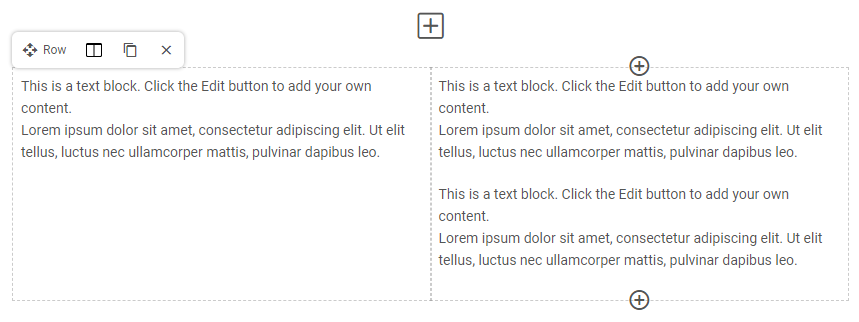
Style Options for Rows and Blocks
While editing a Row or Block, you'll be able to add various border styles, colors and other customizations. You can do this for all Rows any type of Block - even Empty Space!

While hovering over a Row/Block, just click the icon. For Rows, you will immediately be directed to the Style Options tab. For Blocks, you'll need to click the Style Options tab.
TIP: In the case of a Single Image Block, the Style Options will be applied to the image and not the entirety of the Block.
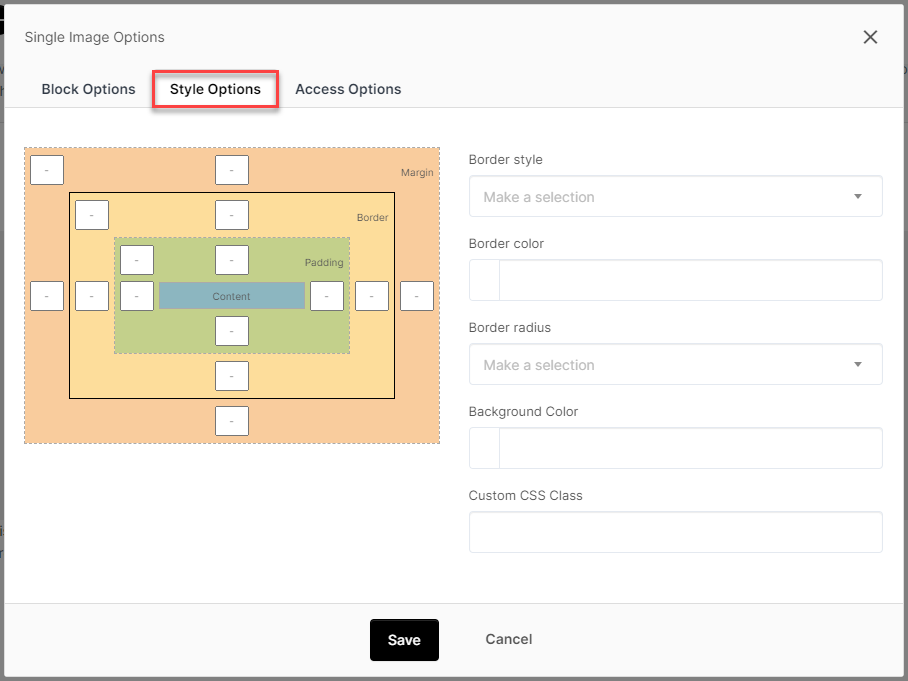
Border Style: If you would like to border your Block space or image, you can choose a style here.
Border Color: Use a Color Picker to apply a color to the border. You can also specify transparency.
Border Radius: You can apply "roundness" to the corners of the area or image using this setting. The higher the number, the rounder the corners will be.
Background Color: You can set the background color of the Block.
Custom CSS Class: For advanced users, you can input your own CSS Class to the Block.
Access Options
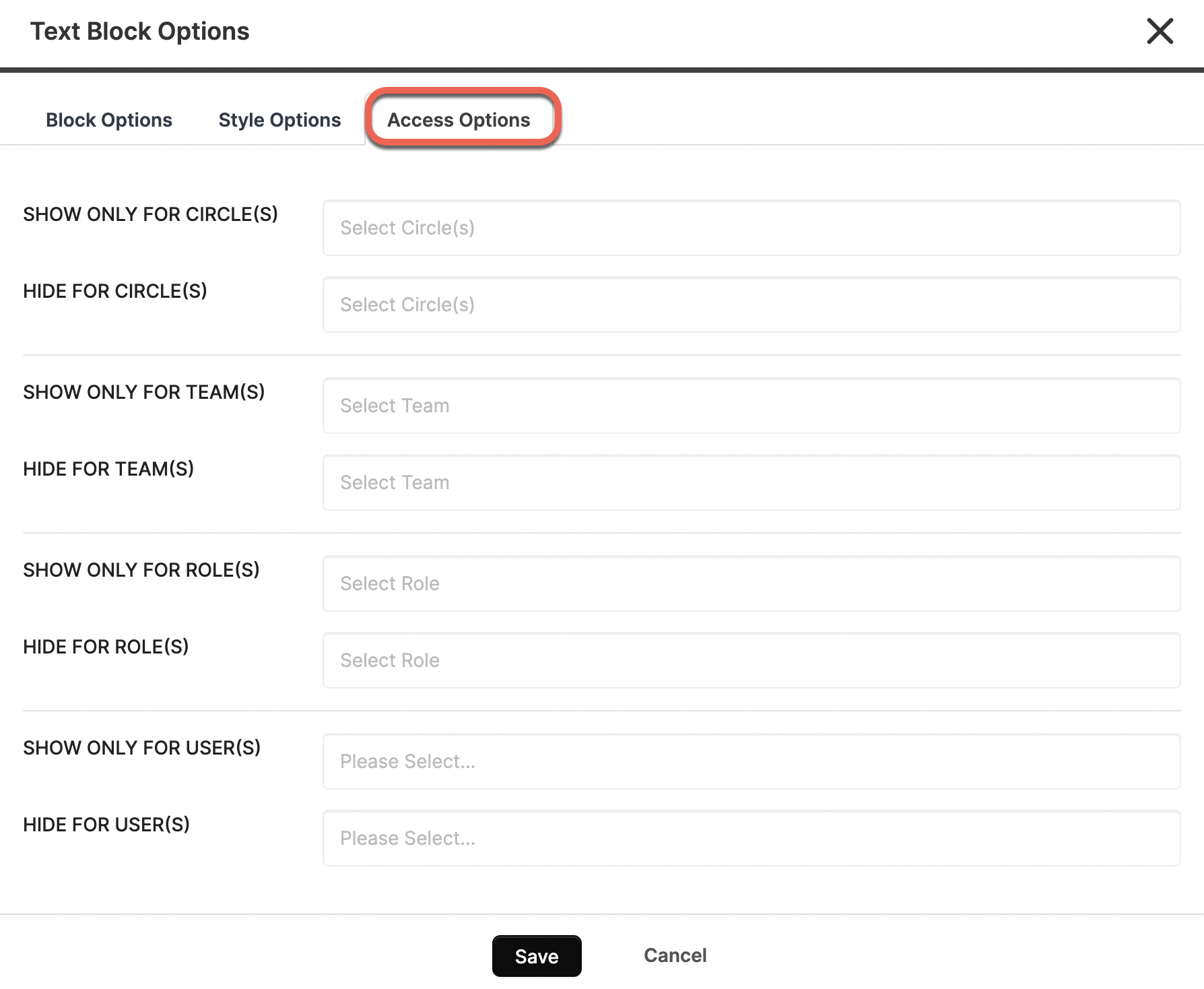
You can set the permissions for each individual Block based on Circles. Teams, Roles, and Users. Only the users specified will be able to view this Block.
You can also choose to hide each individual Block from a specific Circle, Team, Role, or User.
TIP: If a Block is not permissioned for a user, it simply won't be included in the page structure. There is no indication that anything is "missing".
Block Types
Currently, you can choose from:
- Text Block
- Single Image
- Empty Space
- Separator
- iFrame Block
- Embed Block
- Video Block
- Button Block
- Chart
- Progress Bar
- Reporting
- Contact Filter Block
- My Invoice Block (Dashboard Only)
- My Tasks block (Dashboard Only)
- Announcement Block (Dashboard Only)
- Activity Stream Block (Dashboard Only)
- Welcome Block (Dashboard Only)
...and the list keeps growing!